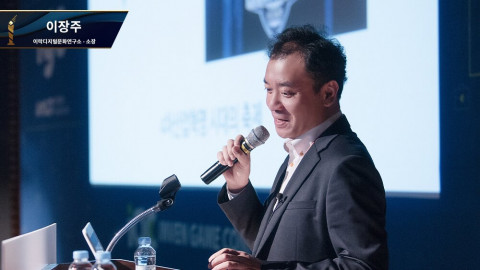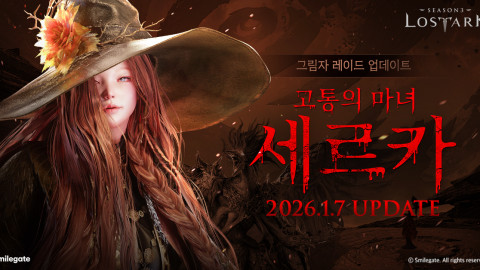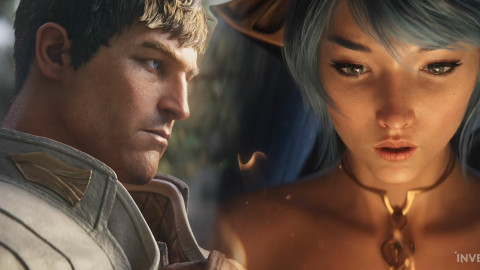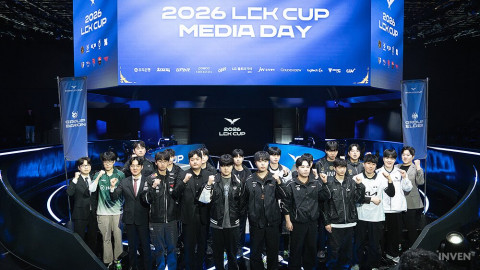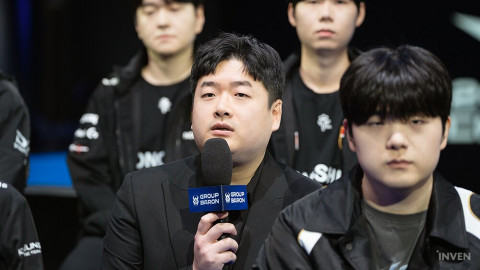
When in Western countries you ask gamers for their favorite battle royale game, there are three answers you’ll get 99% of the time: Fortnite, PlayerUnknown’s Battlegrounds, or Apex Legends. But in Latin America and Asia, a different king reigns. Those regions have been enthralled by a free to play, mobile-exclusive battle royale game: Garena Free Fire.
After its release in December 2017, Garena Free Fire, commonly referred to as just Free Fire, exploded in popularity and hasn’t slowed down since. According to mobile market data site App Annie, Free Fire was the most downloaded game worldwide on iOS and Android devices. In February this year, Free Fire crossed 500 million installations in the Google Play Store alone. But how did this game become so popular that it’s one of the global market leaders?
When you look up Free Fire content on YouTube, surprisingly little is available in English. The most popular videos are all made by Brazilian, Thai, Vietnamese, Indian and other developing countries’ famous YouTubers. Not a coincidence, according to Eric Teixeira, founder of Brazilian esports site Mais Esports: “In Brazil, many people don't have a computer, so people just grow up without a computer. But everybody has a cell phone right now. It's way cheaper than a PC. For people in the West, it's sometimes hard to understand why people are playing these mobile games. For example, the new Call of Duty is really big in the US, but in Brazil, it's not that big because people just can't play it.”
The economic difference also explains why Asian and Latin American countries have pivoted to Free Fire, despite Fortnite and PUBG both having a port for smartphones as well. Those latter two demand smartphones on the higher end of the performance spectrum which, in turn, means they’re more expensive. “In these poorer countries, many people don't have a lot of money to have a strong or new smartphone. Many people have a cheaper phone, and Free Fire runs on any device,” Teixeira explains.
Free Fire’s accessibility on all mobile devices does come at a ‘price’ though: textures, particle effects and other visuals in the game are very basic. In a ‘spoiled’ Western gaming world, gamers choose the visually more appealing alternative because they can afford devices to run it. But in countries where Free Fire is popular, the players don’t care. Teixeira gives a relatable example: “If you get a PlayStation 1 game right now, let's say you play the original Crash Bandicoot. You're gonna think "oh the graphics are really bad, how did I play that?" But at the time, it's what you had.”
Besides, Free Fire has been evolving as a game. Its Singaporean publisher Garena has updated the shooter continuously over the past years, improving its performance and appearance.
Free Fire has played a pivotal role in the development of esports in Latin American and Asian countries. Whereas popular games used to be available to the rich part of the population as they could afford high-end equipment to run famous esports titles, Free Fire is able to quench the thirst of competition of millions. “Free Fire democratized esports,” Teixeira says. Brazil is a traditionally passionate country when it comes to competition, but it extends to the other countries Free Fire popular is in too. Thousands of players flock towards open cups that don’t even necessarily have a prize pool—it’s the thrill of competing with friends, chasing the dream of being scouted by a top tier team, that matters most.
That said, Free Fire’s esports scene isn’t just grassroots. The top end of the competition is growing too. The Free Fire World Cup, held in April last year in Bangkok, peaked at over a million concurrent viewers, with roughly 640,000 concurrent viewers on average. Quite impressive, especially considering the prize pool of ‘just’ $100,000 USD. But it’s nothing compared to the Free Fire World Series of November last year. The event, held in Rio de Janeiro with a $380,000 USD prize pool, had over 1.2 million concurrent viewers on average, with its peak crossing the two million concurrent viewers mark.
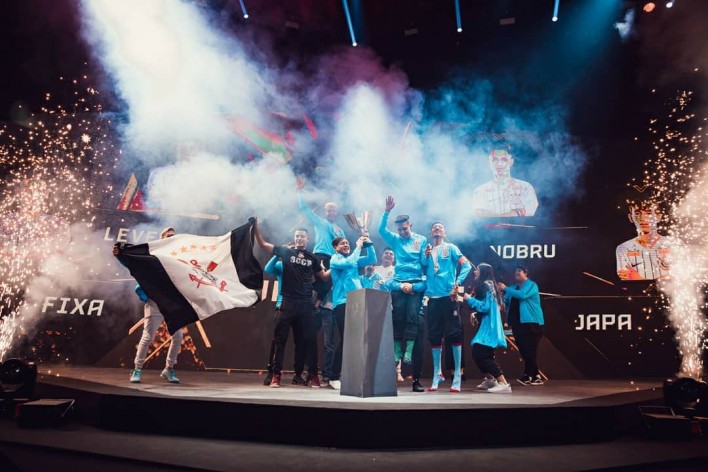
To compare: the League of Legends World Championship 2019 averaged 1.02 million concurrent viewers, with a viewership peak at just under four million. Free Fire esports may fly under the radar in the West, but the game has expanded competitive gaming in developing countries like no other title has.
Between the casual gamer and esports fans are the content creators. The YouTubers and Twitch streamers. Needless to say, Free Fire has been a goldmine on those platforms. Countless new organizations have sprouted, all hoping to tap into Free Fire’s rampant success. It brings back memories for Teixeira, a long-time League of Legends follower: “It's kind of crazy. I remember in League of Legends like, eight/nine years ago, we had teams like Moscow 5, we just had a team of five friends that started to play together. Last year was like that for Free Fire. Some teams just originated like that. They came from nowhere.”
One of those organizations is LOUD, a Brazilian company created in early 2019 by three gaming content veterans Bruno “PlayHard” Bittencourt, Jean Ortega and Matthew Ho. In just a few months' time, LOUD has become one of the largest brands on YouTube, with its channels leading international charts of growth.
Co-founder and Chief Strategy Officer of LOUD, Matthew Ho, commented on his organization’s growth: “When starting LOUD we had to formulate a game matrix to identify which titles are most fitting to us and the market at that time. We saw that Free Fire had the greatest opportunity, a new game that experienced overwhelming community engagement and at the time leaning into esports with aims to engage players long term. With a strong community, there is always a need for great storytelling, an aspect that resides strongly within the esports scene.”
Over time, LOUD invested more in displaying the 'gamer lifestyle'. Their personalities became stars, idols fans look up to. Their approach is, in many ways, similar to that of FaZe Clan and 100 Thieves in the United States. LOUD’s strategy paid dividends. According to LOUD, the first seven months after the company was founded it accumulated 125,000 followers on Twitter, two million followers on Instagram, and three million subscribers on YouTube. On average, LOUD reaches 800,000 new YouTubers each month. Now LOUD has 245 thousand followers on Twitter, 3.6 million on Instagram, and 5.67 million subscribers on YouTube.
The audience for Free Fire is large, but LOUD has its target demographic. “Our target audience is 13-18 years old, 65% male, 35% female,” Ho says. He continues: “We feel that our strengths and commitment to content are naturally catering to gen Z, especially for Free Fire as this demographic has grown up with mobile as their first devices.”
For those who manage to ride the wave, Free Fire is a life-changing game. Teixeira: “One moment they were just playing in their house, and the next moment they have a really expensive car and they live in a mansion. It’s crazy.”
Free Fire is soaring now, but will it continue to do so? Both Teixeira and Ho are confident that it will. “Looking at the numbers, Free Fire consumption had actually peaked three months before we started LOUD. We weren’t worried at all because we knew that the new trend will have a period where it subsides and the real players will then stand out, of which given the drop still would rank it as a top 3 game,” Ho says. The future of it, he thinks, lies in competitive Free Fire for a large part: “Through esports, Free Fire can build a lasting experience with their fans, just as League of Legends has been doing for the last decade.”
Speaking of League of Legends: Riot Games is bringing out its mobile port ‘Wild Rift’ this year. It’s another major title, also extremely popular in countries like Brazil, that will contest the mobile gaming market. Yet neither Teixeira nor Ho thinks it could form a threat to Free Fire’s popularity.

“Wild Rift is gonna be huge here in Brazil. It's gonna be bigger than actual League of Legends, and it's probably gonna happen really fast,” Teixeira says, also mentioning that Teamfight Tactics’ mobile port will likely shoot up in the ranks. He adds: “At the same time I don't think Free Fire and Wild Rift are competing. They have a different audience. Brazilians love shooter games, FPS games. The genre is really part of our culture here.”
Ho expands on the sentiment that Free Fire and Wild Rift appeal to different audiences, and likely won’t compete with each other directly: “We forecast that Wild Rift, especially in Brazil will further define mobile gaming and mobile esports. If anything, both Free Fire and Wild Rift will only solidify the mobile’s presence as the offerings have become much more substantial.”
-

Storyteller by heart. If something is competitive, I am interested in it.
Sort by:
Comments :0

